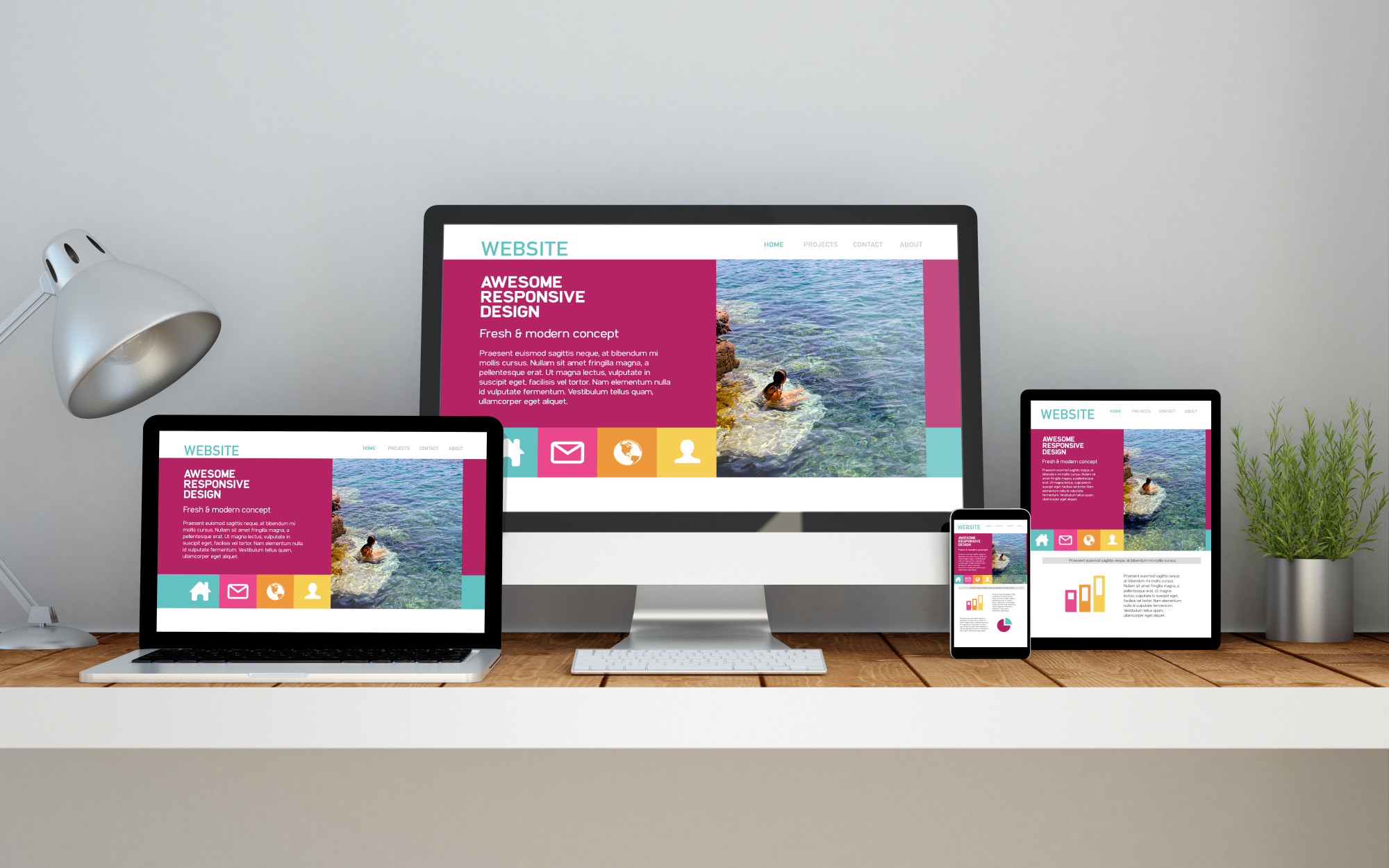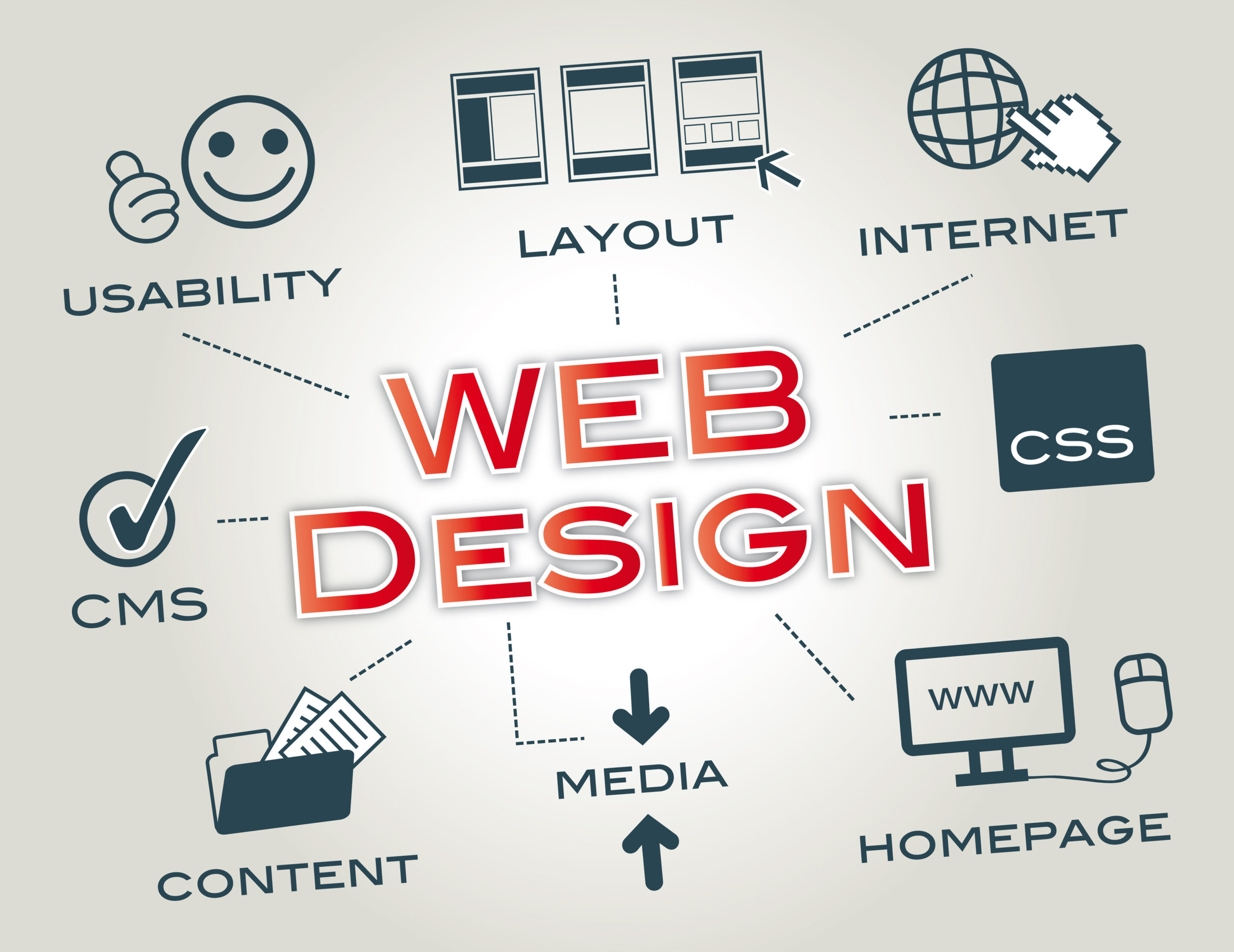The Ultimate Overview to Reliable Web Design for Modern Businesses
The Ultimate Overview to Reliable Web Design for Modern Businesses
Blog Article
Just How to Attain a Well Balanced and Visual Web Design That Satisfies the Diverse Needs of Customers and Services Alike
Accomplishing a balanced and aesthetic internet style that successfully meets the different requirements of users and businesses calls for a nuanced understanding of both design concepts and customer actions. The difficulty lies in making sure that these elements function with each other cohesively while dealing with the distinct requirements of diverse individual teams.
Recognizing Individual Demands
As website design progressively ends up being a vital component of individual experience, understanding individual requires emerges as a foundational action in creating effective electronic atmospheres. web design. An extensive understanding of customer requirements is essential for establishing internet sites that not just bring in site visitors yet likewise engage and keep them. This understanding can be achieved via different techniques, consisting of customer study, studies, and usability testing, which provide understandings right into individual choices, actions, and pain points

Moreover, comprehending individual requires reaches responsiveness and availability, making certain that all users, despite tool or capability, can browse the website seamlessly. By embedding user-centric principles into the design process, web designers can produce balanced atmospheres that satisfy the diverse requirements of both individuals and services. Eventually, focusing on individual understanding causes more meaningful interactions and enhanced overall complete satisfaction with the digital experience.
Principles of Aesthetic Design
A user-centered approach normally brings about the factor to consider of visual style principles, which play a critical role in shaping the total customer experience. web design. Reliable aesthetic design balances components such as shade, typography, images, and layout to create an aesthetically enticing user interface that resonates with users
Shade concept is fundamental, as it evokes feelings and influences perception; thus, a thoughtful shade combination can improve brand identification while making certain readability. Typography, on the various other hand, adds to the style's clarity and hierarchy, guiding users via the web content flawlessly. Picking font styles that align with the brand name's character promotes recognition and involvement.
Images is one more vital component, giving context and visual interest. High-grade pictures should be pertinent and sustain the overall story while avoiding mess.
Moreover, the design should make certain a rational circulation of info. Making use of principles such as placement, proximity, and whitespace improves company and assists in navigating.
Integrating these visual design concepts not just attracts individuals yet also promotes trust and integrity, ultimately resulting in an extra fulfilling interaction. By integrating visual aspects, developers can develop an engaging and unforgettable experience that fulfills the diverse requirements of individuals and organizations alike.
Significance of Functionality
Functionality stands as a foundation of efficient web style, directly impacting how users interact with a website. When use is focused on, it boosts individual fulfillment, resulting in boosted interaction and higher conversion rates.
Additionally, a concentrate on functionality promotes trust fund and credibility. Websites that are user-friendly and very easy to browse are perceived as specialist and trustworthy, encouraging customers to return. Conversely, inadequate functionality can bring about high bounce rates, as users promptly abandon websites that annoy them.
Furthermore, functionality is essential for meeting diverse individual demands. Ultimately, by prioritizing use, web developers develop an even more engaging, trustworthy, and efficient on the internet experience that profits both customers and companies alike.
Availability Requirements in Design
Integrating access criteria in web design is necessary for developing a comprehensive on-line environment. These standards, more info here primarily described by the Web Material Ease Of Access Standards (WCAG), guarantee that all individuals, including those with impairments, can successfully interact with digital web content. By adhering to these guidelines, developers can boost usability throughout numerous systems and gadgets.
Key aspects of accessibility consist of giving different text for images, ensuring adequate shade comparison, and using clear and consistent navigating. Furthermore, executing keyboard navigability permits individuals who can not make use of a computer mouse to access all functionalities. It is additionally crucial to consider the usage of display readers, which call for well-structured my blog HTML to communicate information properly.
Additionally, sticking to accessibility requirements not just advantages users with impairments however also enhances the total customer experience. Inevitably, incorporating ease of access into web style is a critical step toward accomplishing a well balanced and aesthetic electronic visibility that offers the demands of all users.
Balancing Visuals and Functionality
While striking a harmonious balance between visuals and performance is crucial in internet layout, attaining this stability often poses a challenge for designers. A visually appealing site can captivate users, drawing them into the content; however, if it does not have capability, the customer experience can promptly wear away. Alternatively, very practical sites may prioritize usability yet threat showing up nasty or dull.

In addition, interactive aspects should enhance the overall layout, offering engaging experiences without frustrating customers. Aspects like switches and types have to be plainly noticeable and simple to connect with, strengthening capability.
Ultimately, effective website design synthesizes visuals and performance, developing an interesting environment that satisfies the diverse requirements of customers and companies alike (web design). By meticulously considering exactly how each layout choice effects both aesthetics and functionality, developers can craft websites that resonate with individuals while meeting their intended objectives
Final Thought
To conclude, achieving a balanced and visual internet layout requires an extensive technique that incorporates user-centered layout principles with functionality and access considerations. By understanding individual requirements and sticking to visual layout principles, designers can create visually appealing interfaces that keep performance. The focus on functionality and adherence to access criteria makes certain that varied customer teams can connect seamlessly with digital systems. Eventually, this all natural method fosters engagement and complete satisfaction, benefiting both customers Website and businesses alike.
Report this page